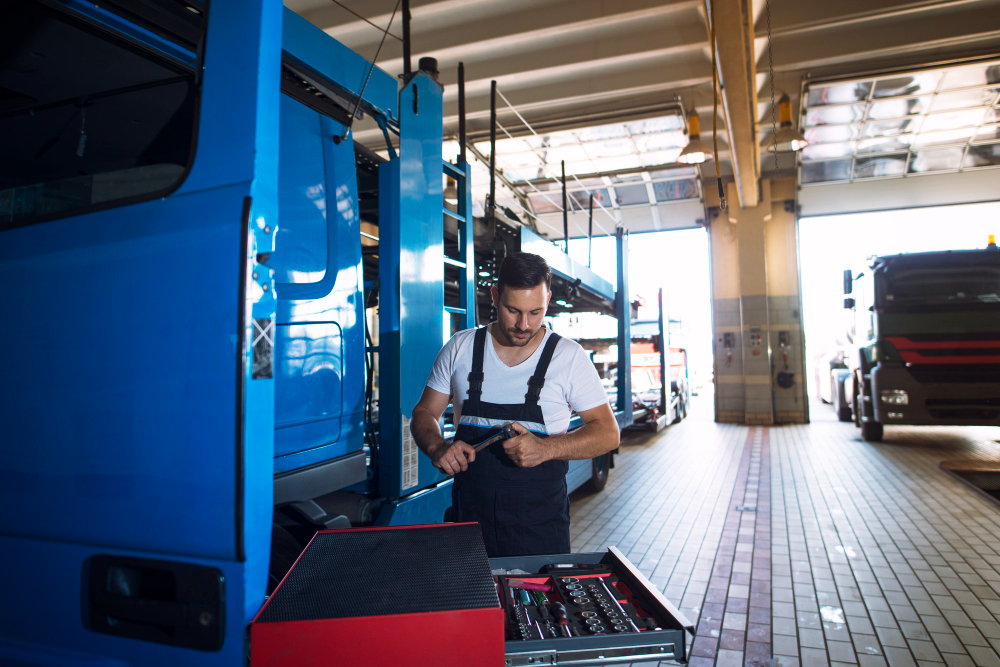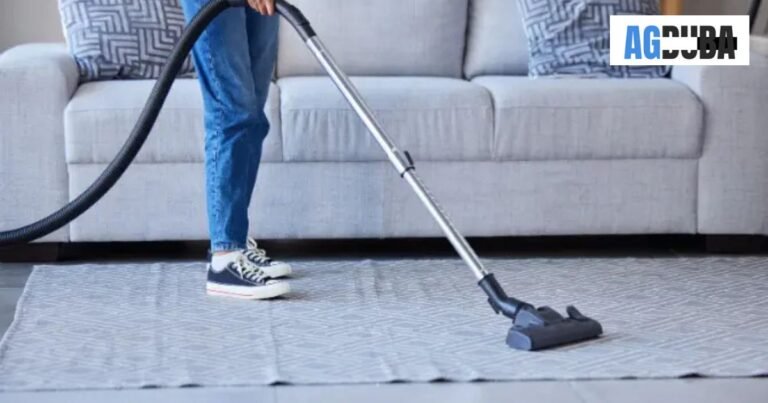Truck tool boxes are a must for tradespeople, contractors, or anyone who needs their vehicle to double as a mobile workshop. Pick the right box, and you’re not just getting a place to stash your gear – you’re keeping it dry and safe from wandering hands. On the modern market, there’s a whole lineup of tool boxes to choose from, and it’s not just one-size-fits-all. There are boxes built for different trucks and bed lengths.
This article digs into the most popular types of truck tool boxes, walks through what each one does well (and where they fall short), and helps you figure out which option might actually make sense for the work you do.
Why Even Bother With a Truck Tool Box?
Sure, your truck bed is handy, but it’s basically just an open box in the rain. If you leave tools rolling around back there, don’t be surprised when they rust or go missing. A heavy-duty truck tool box solves that headache – it locks things up and can take some bad weather.
But it’s not just about protection. When there’s a spot for every tool, you’re not wasting time hunting for a socket or realizing you forgot your drill altogether. That kind of setup makes a difference, whether you’re an electrician, a mechanic, someone who builds for a living, or just the kind of person who packs up for weekend camping trips without wanting to dig under a tarp for your gear.
Types of Truck Tool Boxes to Choose From
Crossover Tool Boxes
Crossover tool boxes, also called saddle boxes, are pretty much the classic pick. They sit right behind the cab and stretch across the truck bed, hanging over the bed rails so you still have room underneath for stuff like long boards or pipes.
What really makes crossover boxes stand out is how easy they are to get into. Most have a top-opening lid you can lift from either side of the truck. Some go with a single lid; fancier versions split that into two separate lids, so you can open just one side at a time. That’s a lifesaver if you’re often squeezed into tight spots or are always grabbing tools on the go.
These boxes come in different materials: aluminum, steel, and even heavy-duty plastic. Aluminum’s by far the favorite since it’s both tough and light. Steel boxes are strong – no doubt there – but unless they’ve got a good coating, they rust and definitely add some extra weight.
Side-Mount Tool Boxes
Side-mount tool boxes run along the inside walls of the truck bed, usually just above the wheel wells. They don’t stretch all the way across like crossover boxes do, so you get secure storage space without giving up that open area in the middle of your bed. Handy when you’ve got both gear and bigger cargo to haul.
Most side-mounts open outward, either with a lid that flips up or a door that drops down. So you can get to your tools without crawling into the bed itself – a big plus if you’re always grabbing stuff on the go. Contractors who basically live out of their trucks like these because they keep little hand tools and supplies sorted and easy to reach.
There’s also some freedom in how you use them. You can mount one on either side – or both. That way, you can build out your own setup, even combine them with a crossover or chest box if you’re looking to squeeze every bit of storage out of the bed.
Chest Tool Boxes
Chest tool boxes, or truck bed chests, sit flat on the floor up by the cab. Since they don’t hang over the rails like crossover boxes, you can use a tonneau cover or camper shell with them. That’s a big deal for anyone needing weather protection or extra security.
Sitting lower in the bed usually means these chests have more space inside than a crossover box – they’re great for bigger tools, power gear, even camping stuff. Getting into one isn’t always as quick, though. You might need to climb in or lower the tailgate to reach down inside.
If you care most about maximizing sealed storage and keeping a cover on your truck, chest tool boxes make a lot of sense.
Wheel-Well Tool Boxes
Wheel-well tool boxes are made to wrap snugly around the wheel arches inside your truck bed. Instead of letting that awkward space go to waste, these boxes sneak in just enough extra storage without eating into your main cargo area.
If you’ve got loose straps, cords, or tools you’re always reaching for, these are a handy spot to stash them. Sure, they’re not going to hold as much as a full chest or crossover box, but they’re great if you want to keep your options open for hauling bigger stuff.
Grabbing gear from them is easy too, since they sit right along the sides – no crawling around or digging required. A lot of people team them up with other styles of tool boxes to get a setup that pretty much covers everything.
Underbody Tool Boxes
Underbody tool boxes hang out underneath flatbed or service trucks instead of taking up space in the bed. You’ll see them a lot on construction sites or with fleet vehicles where heavy-duty work is the norm.
These boxes are made tough, usually out of reinforced steel with seals that keep out bad weather. Since they’re mounted on the outside, you don’t lose any bed space – you get the full area for hauling whatever oversized stuff you’ve got. On the flip side, you need enough ground clearance, so they’re not really for smaller pickups you see in suburbia.
If you’re the kind of pro who’s got loads of gear to haul around and you want to keep your bed empty for the big stuff, underbody tool boxes just make sense.
Comparison Table: Common Truck Tool Boxes
| Type | Location | Best For | Advantages | Drawbacks |
| Crossover | Across bed rails | General use, contractors | Easy access, lightweight, popular design | Limits compatibility with covers |
| Side-Mount | Along bed sides | Tradespeople, frequent tool access | Modular, quick access | Reduces usable bed width |
| Chest | Floor of bed, near cab | Large tools, use with tonneau covers | Spacious, secure with covers | Requires bed entry to access |
| Wheel-Well | Around wheel arches | Smaller tools, maximizing space | Compact, efficient use of space | Limited capacity |
| Underbody | Beneath flatbed | Commercial and heavy-duty trucks | Frees bed space, extremely durable | Requires clearance, not for pickups |
How to Pick the Right Truck Tool Box
Picking out a truck tool box isn’t a one-size-fits-all thing. Start with your truck’s size and the style of its bed: a crossover box might be perfect for a big pickup, but it could look massive (and get in the way) on a smaller truck. Always grab a tape measure before you buy.
Think about what you haul every day. Got bulky, heavy-duty power tools? You’re probably looking at a chest box. Mostly tossing in smaller hand tools? Side-mount boxes keep them organized and easy to grab.
If you’re always reaching for tools on the job, side-mount or crossover boxes save some hassle – you won’t have to climb in the bed to dig them out like you would with a chest box.
For work in rough weather or places where stuff goes missing, you’ll want a tool box with better locks and good weather seals.
And if you already have a tonneau cover, camper shell, or a rack? Double-check everything fits together – plenty of boxes just don’t play nice with extra gear.
Get these basics right, and your tool box will make your truck way more useful – without costing you space or peace of mind.
Conclusion
Truck tool boxes aren’t just extra storage – they’re basically a must if you want to keep your tools safe, work faster, or get more from your truck. There’s the go-to crossover style, plus those underbody and wheel-well boxes that fit a little more out of the way. Each type does its own thing. Knowing what each one is good (or not so great) for actually makes picking the right one way simpler, whether you’re using your truck for work or just your own projects.
So if you’re hauling around serious gear for work, or you’re just gearing up for a camping trip, having a decent truck box means your stuff doesn’t end up a mess – or worse, missing. Easy to grab, easy to stash, and way less to worry about.








